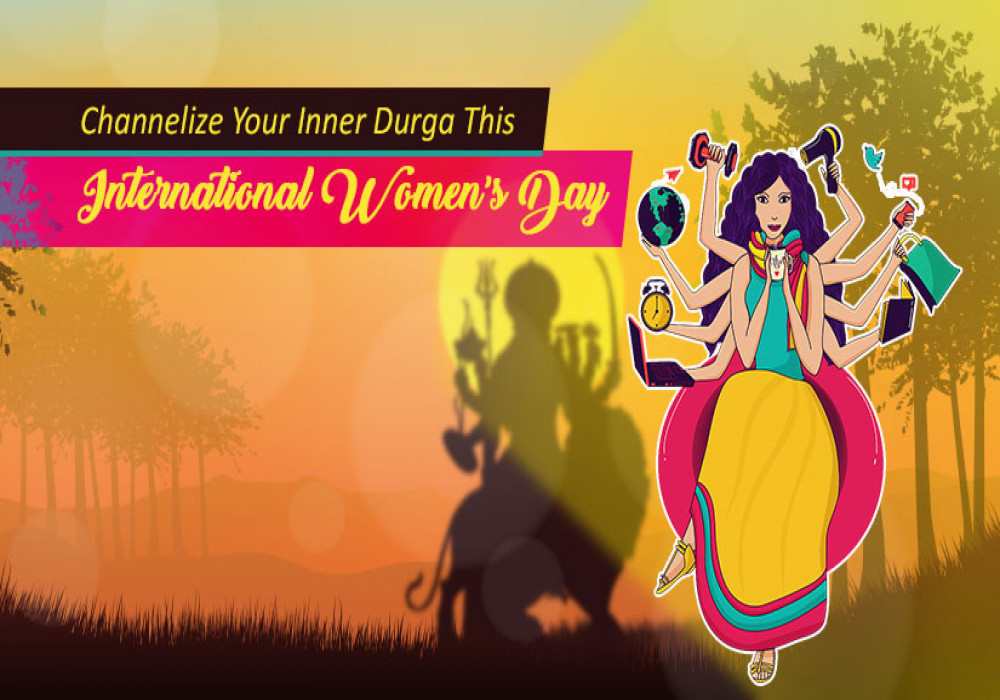
Last Updated At: 03-Mar-2023
From Fierce to Forgiving: Visit These 5 Indian Temples to know the many shades of womanhood This IWD
The protector and creator of us and planet Earth, Aadi Shakti has been the driving force of the entire universe. Be it as Parvati, Sati or as Durga, the Goddess has saved humanity more times than we can actually count.
And, today, as International Women’s Day is just around the corner, we would like to take a moment out to appreciate all the women out there who have channelized their inner Durga every now and then to fight the odds of life and emerge victorious.
As the special day dedicated to women is just around the corner, we are here with a list of 5 Devi Temples in India that often remind us that as a woman we don’t have to live in fear, rather, we should stand tall with our head held high and beat all the negativity around us like the different reincarnations of the Goddess herself.
5 Indian Devi Temples that are an Epitome of Women Empowerment
So, without the ado, let’s scroll down to go through the details. Shall we?
1. Jammu And Kashmir’s Vaishno Devi Temple
One of the most popular Indian temples of Goddess Durga in India, this one is located in the middle of the Trikuta Mountain. It is one of the most popular and visited Devi temples in India which is nearly 61 km north of the city of Jammu. Legend has it that the Goddess, as a little girl, was chased by ‘Tantrik’, Bhairo Nath and in order to protect herself, she took refuge in a small cave for 9 months after which she took the form of Goddess Kali and beheaded the demon. The cave then came to be known as Garbha Joon and the entire place, a religious sight of huge importance.
While dying, Bhairo Nath asked for forgiveness and knowing that he did what he did just to attain salvation, she not only gave that to the Baba but also granted him a blessing according to which everyone who visits Vaishno Devi shrine needs to visit the small temple of Bhairo Baba over there too, to complete their pilgrimage.
2. Uttarakhand’s Mansa Devi Temple
It is not for nothing that Uttarakhand is known as ‘God’s Own land’, the state is full of temples and religious shrines, Mansa Devi Temple being one of the most visited of them all. Another epitome of a woman’s strength, this one is located in a village named Badi Lambore which is on the Sadulpur-Jhunjhunu road somewhere near Haridwar. The temple falls under the ‘paanch teerths’ in Haridwar and is one of the 53 siddh peeths.
Mansa means wish hence it is said that this Goddess fulfils the wishes of all her devotees. She is also a form of ‘Aadi Shakti’ who came into existence through Lord Shiva’s mind. It is also said that Mansa Devi was the daughter of Lord Shiva’s human avatar and sister of serpent, Naga Vasuki.
The Indian temple history of this one is quite intriguing. According to folklore, as a child, Mansa was unaware of her origin and even when her parents couldn’t reveal the entire truth clearly, she started a ‘saadhna’ to know from Lord Shiva about the same. Impressed, after a few years, he paid her a visit and explained her identity to her. After learning the truth from him, Mansa became Goddess Mansa, a welfare Goddess to spread happiness and positivity in the world.
3. West Bengal’s Dakshineswar Kali Temple
This fierce avatar of Goddess Durga is not just worship-worthy but her stories teach us a lot too, being strong and just for starters. Situated on Hooghly River’s eastern bank, in Dakshineshwar, this temple has an incredible history behind it.
Folklore around this temple suggests that the temple was founded by a Mahishya royal, Rani Rashmoni in the 19th century. In 1847, The Queen was to visit Kashi with 24 boats full of relatives, supplies and servants to express her love and respect for the Goddess, the Divine Mother. Just a night ahead of leaving for the pilgrimage, Rani saw a dream in which the Goddess said that, in order to meet her, Rashmoni doesn’t have to travel to Kashi, rather, she should get a temple built for her on the banks of River Ganges.
She also added that once the temple is made, she would manifest herself in the image and then will accept prayers of all. Moved by this dream, Rani bought a 30-thousand-acre plot in the village for the temple and built a massive and very beautiful temple for the Goddess over there.
Rani Rashmoni was alive for approximately 6 years only post the temple was built. In 1861, she fell ill and realizing that she might die soon, she worked on establishing a temple trust for its maintenance. She completed doing so on February 18, 1861 and passed away the very next day.
4. Himachal Pradesh’s Chamunda Devi Temple
The temple is sited on River Baner’s banks, a few kilometres away from the municipal corporation of Kangra Valley, Palampur. Chamunda Devi’s idol in this temple is in its wrathful form. While some say that devotees are coming here since ages and most of their ancestors also visited this temple, some claim that previously, devotees also used to sacrifice themselves in front of the Goddess’ idol. This temple also houses a small but beautiful pond, which, apparently, has sacred water.
Chamunda Devi Temple of Palampur is one of the 52 shakti peeths. Legend has it that Chamunda Devi came into existence from one of the eyebrows of Goddess Durga with the aim of killing nasty demons, Chanda-Munda. After a fierce and long battle, the Goddess managed to kill both the generals of the demon kings, Shumbha-Nishumbha.
Although the beauty of this temple is phenomenal as it is a hilltop temple, the folklore behind it makes it, even more, visit-worthy and no wonder that is why it is one of the most-visited sites of that area.
5. Assam’s Kamakhya Temple
Perched within Assam’s Nilachal Hills, this temple is quite popular across the globe as this one too is one of the shakti peeths. It is believed that it is this place where Sati’s reproductive organ had fallen when Lord Vishnu cut her body into pieces after her death, while Lord Shiva was carrying her. That is the reason why Goddess Kamakhya is also known as the ‘Yoni’ Goddess.
The popular shrine is built in the form of a natural cave. And when you climb down a flight of stairs, you reach a dark chamber where Goddess Sati’s reproductive organ or ‘Mantra Yoni’, draped in a red silk saree, is kept covered with fresh flowers.
For the ‘tantriks’, this temple is of high relevance and witness the most footfall during Durga Puja and Ambubachi Fair.
Well, now that we have shared with you the top 5 recommended places you ought to visit this International Women's Day, we would urge you to visit them in order to know which attribute of ‘Aadi Shakti’ is the most relatable to you. Also, we wish you a very Happy Women’s Day!
For more interesting blogs like this and in-depth information on destinations, cities, events and festivals of India, stay tuned to Adotrip.
--- Published By Shalini Singh
Latest Blogs
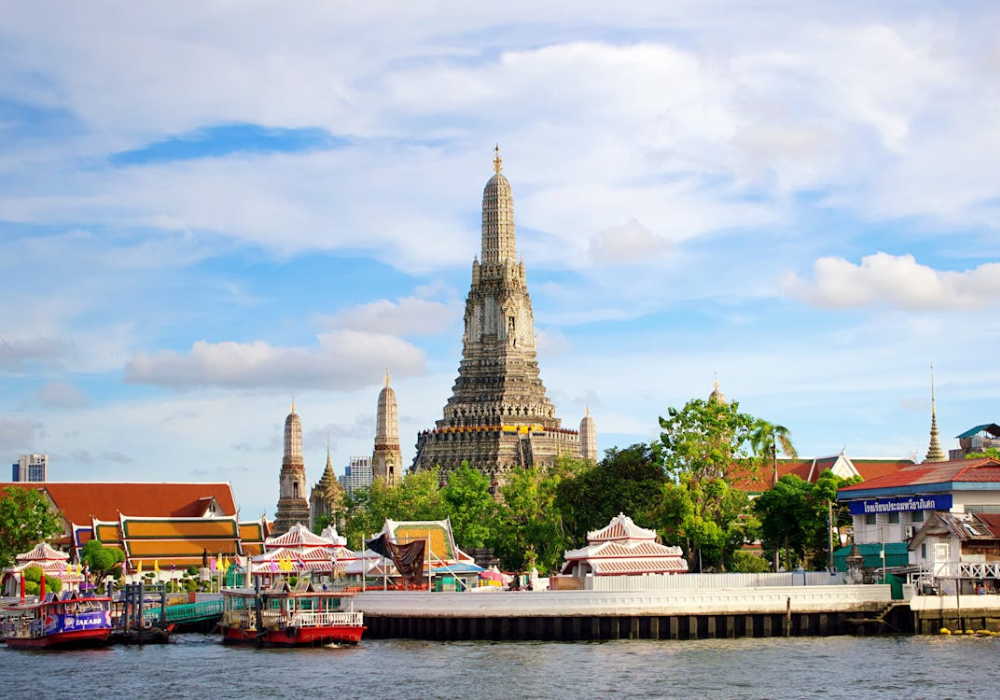
Secure Your Health in Thailand with Long-Term Coverage

Customized vs. Group Meghalaya Trip Packages: Which One Shou...
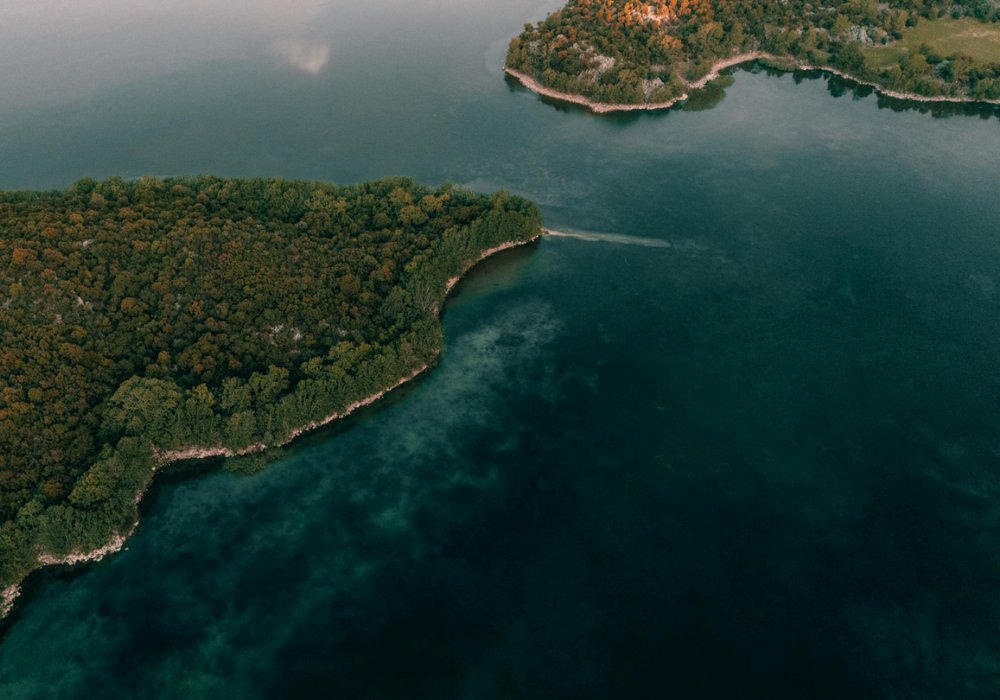
What Should You Consider When Choosing Remote Island Destina...

Things to Do in Chopta - Explore the Mini Switzerland of Ind...








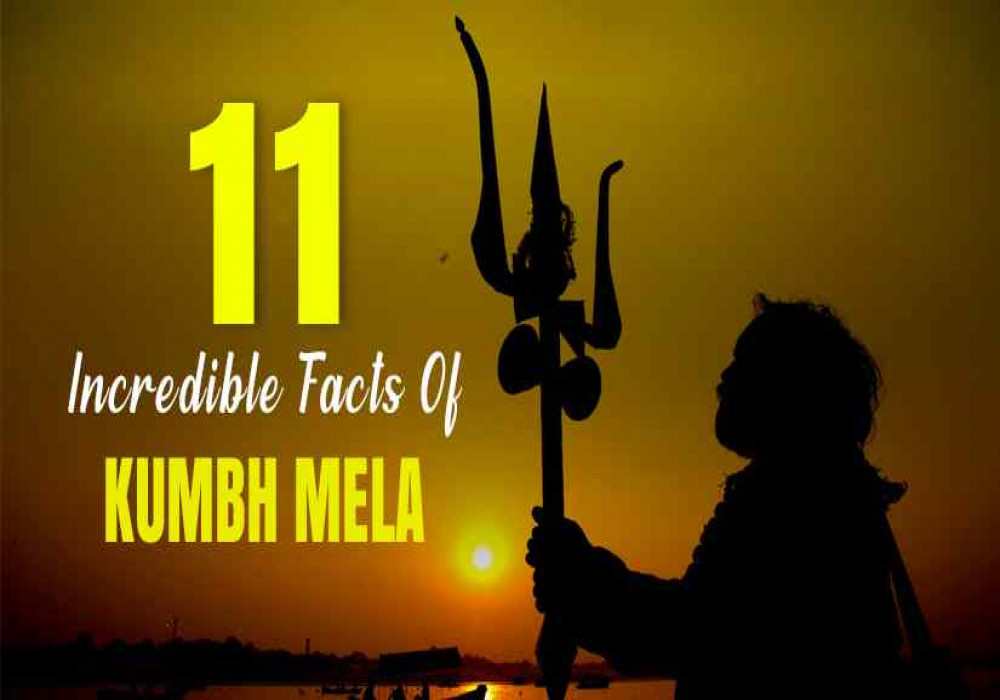

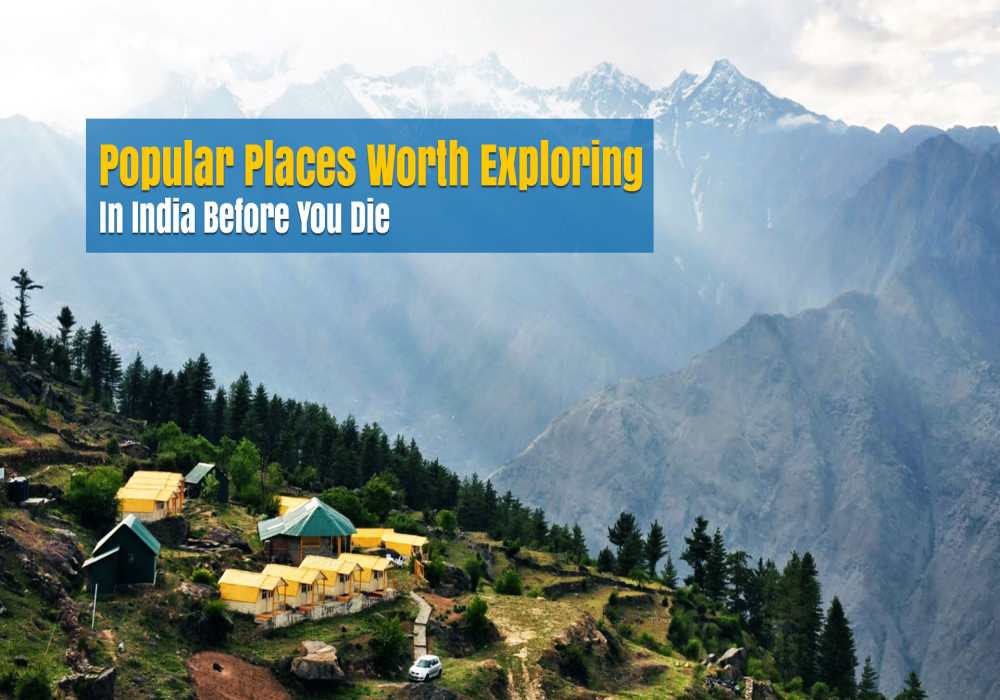
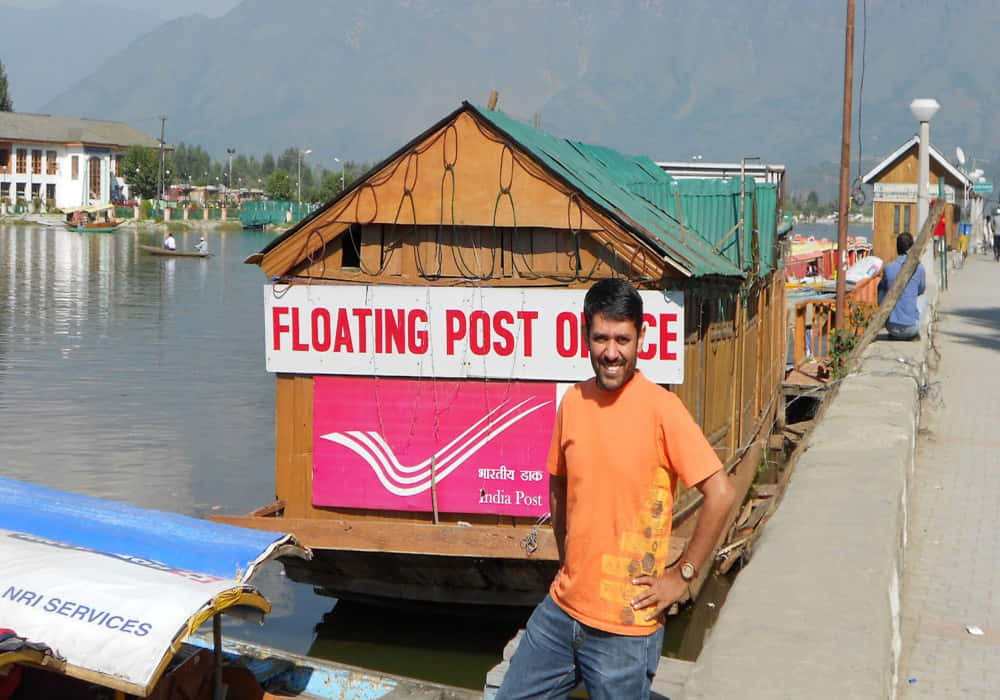
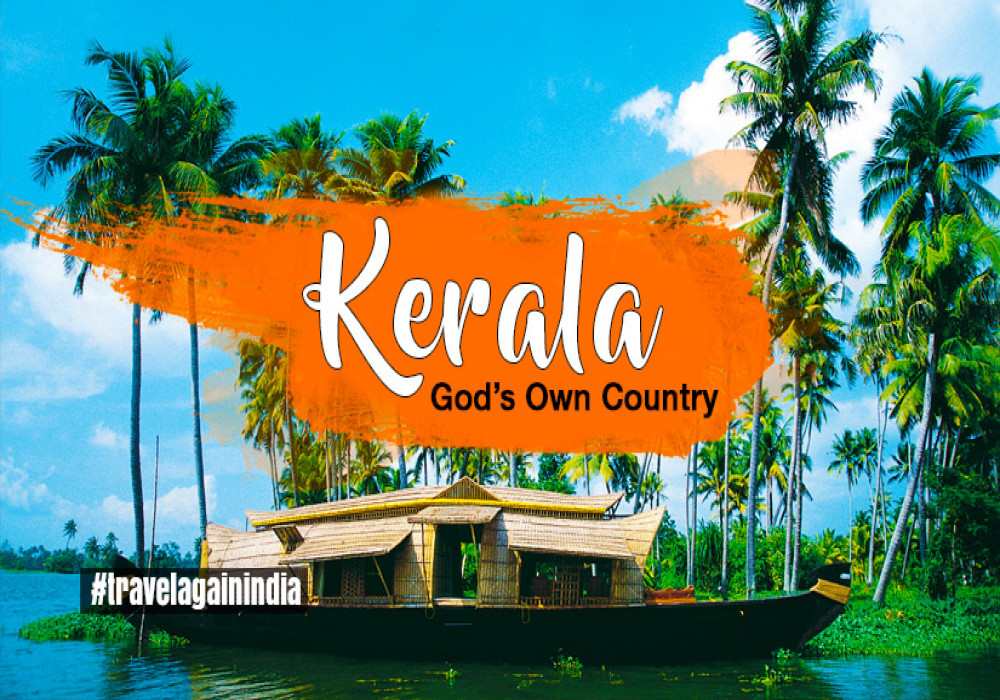
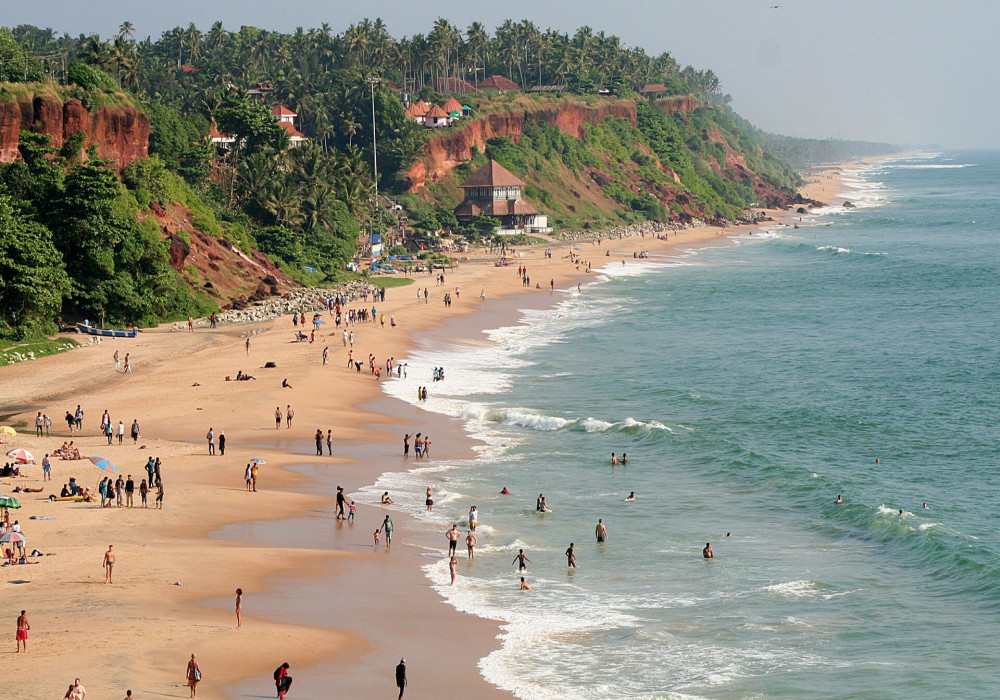
 Dubai
Dubai Malaysia
Malaysia USA
USA





